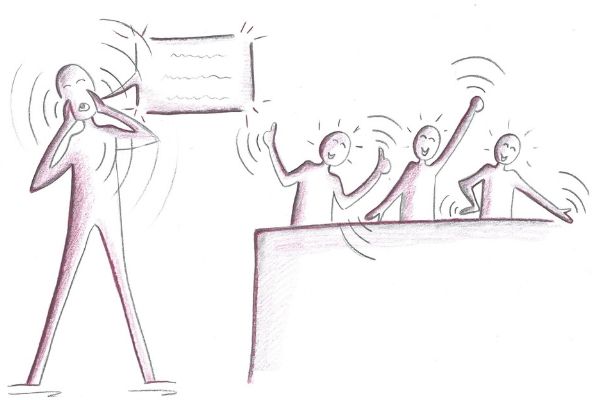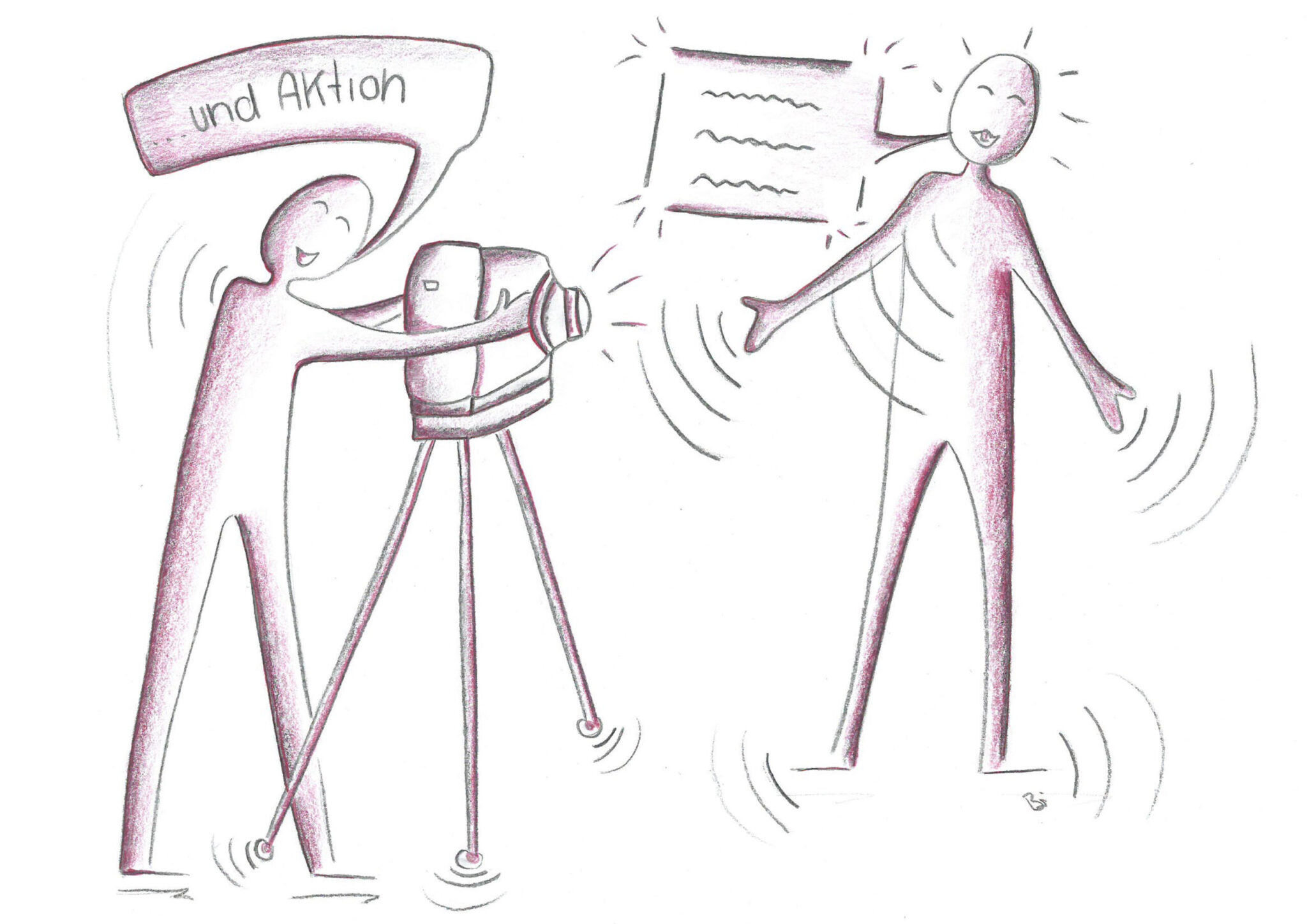FON Rhetoric
BECOMING A TOP SPEAKERFON Rhetoric Elocution

Body language – Boost Your Non-verbal Communication Skills
Use non-verbal communication
- posture and presence
- gestures, facial expressions and eye contact
- use body language in conversations and presentations
- body language as an effective tool

Voice Training – Use Your Voice as an Effective Tool
Resonance and sonority
- prevent hoarseness
- breathing and voice training
- speak powerfully, vibrant and resonant
- use the voice as an effective tool

Speech Techniques – How to Speak Energetic and Expressively
Articulation and expression
- pronunciation
- speaking pace
- get to the point
- speak expressively and energetic

Camera Training – Professional in Front of Microphone and Camera
Speak professionally in front of a microphone and camera
- visual impression – be present and competent in front of the camera
- auditory impression –speak clearly and coherent in front of the microphone
- Communicate emphatically and purposefully in video conferences